
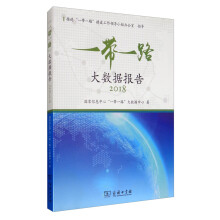


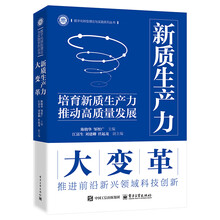


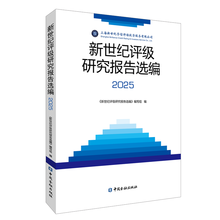
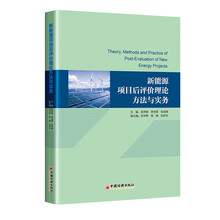
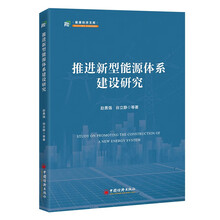

本书以文字、数据、图标相结合的方式,展示了2024年不同国家的创新发展概况。报告借鉴国内外关于国家竞争力和创新评价等方面的理论与方法,从创新资源、知识创造、企业创新、创新绩效和创新环境5个方面构建了国家创新指数的指标体系。报告选用了40个科技创新活动活跃的国家作为研究对象;采用国际上通用的标杆分析法测算国家创新指数;所用数据均来自于各国政府或国际组织的数据库和出版物,具有国际可比性和权威性。
1 Rankings
2 Overview of Global Innovation Landscape
Ⅰ Leading countries hold significant strengths in science, technology and innovation(STI)
Ⅱ Asia, America and Europe remain the three pillars on the global innovation landscape
Ⅲ Innovation development is closely related to economic strength and national will
Ⅳ The eastward shift of the global STI center is increasingly evident
Ⅴ China continues to move up its position on the global innovation landscape
3 Innovation Resources
Ⅰ Developed countries have strong capability of resource aggregation
Ⅱ Major innovative countries possess substantial financial and talent resources
Ⅲ China’s scale advantage in innovation resources is becoming more evident
4 Knowledge Creation
Ⅰ The gaps in knowledge creation among countries are relatively small
Ⅱ Some developing countries and small European nations have relatively high efficiency in S&T paper output
Ⅲ The US, Japan, the ROK, and China stand out in intellectual property creation
Ⅳ China is in the global top ten on knowledge creation
5 Enterprise Innovation
Ⅰ The US and Japan lead in enterprise innovation capability
Ⅱ The US and Israel have a clear advantage in the intensity of corporate R&D investment
Ⅲ Major S&T countries excel in intellectual property creation and conversion
Ⅳ China is in the first group on enterprise innovation capability
6 Innovation Performance
Ⅰ Countries exhibit a gradient pattern of distribution on innovation performance
Ⅱ There are significant differences in the innovation levels between manufacturing and service industries across countries
Ⅲ Developed countries have a clear advantage in green and low-carbon development
Ⅳ China is in the middle of the second group on innovation performance
7 Innovation Environment
Ⅰ Economically advanced countries in Europe and America lead the ranking table
Ⅱ Smaller countries like Switzerland and Finland have a more favorable policy environment
Ⅲ Countries like the US and Israel have more flexible and efficient market mechanisms
Ⅳ Countries like the Netherlands and Singapore have a vibrant entrepreneurial climate
Ⅴ China needs further improvement on innovation environment
8 Country Profil
9 Appendixes
Appendix Ⅰ NII assessment theories and methodology
Appendix Ⅱ Definition of indicators
Appendix Ⅲ Data sources